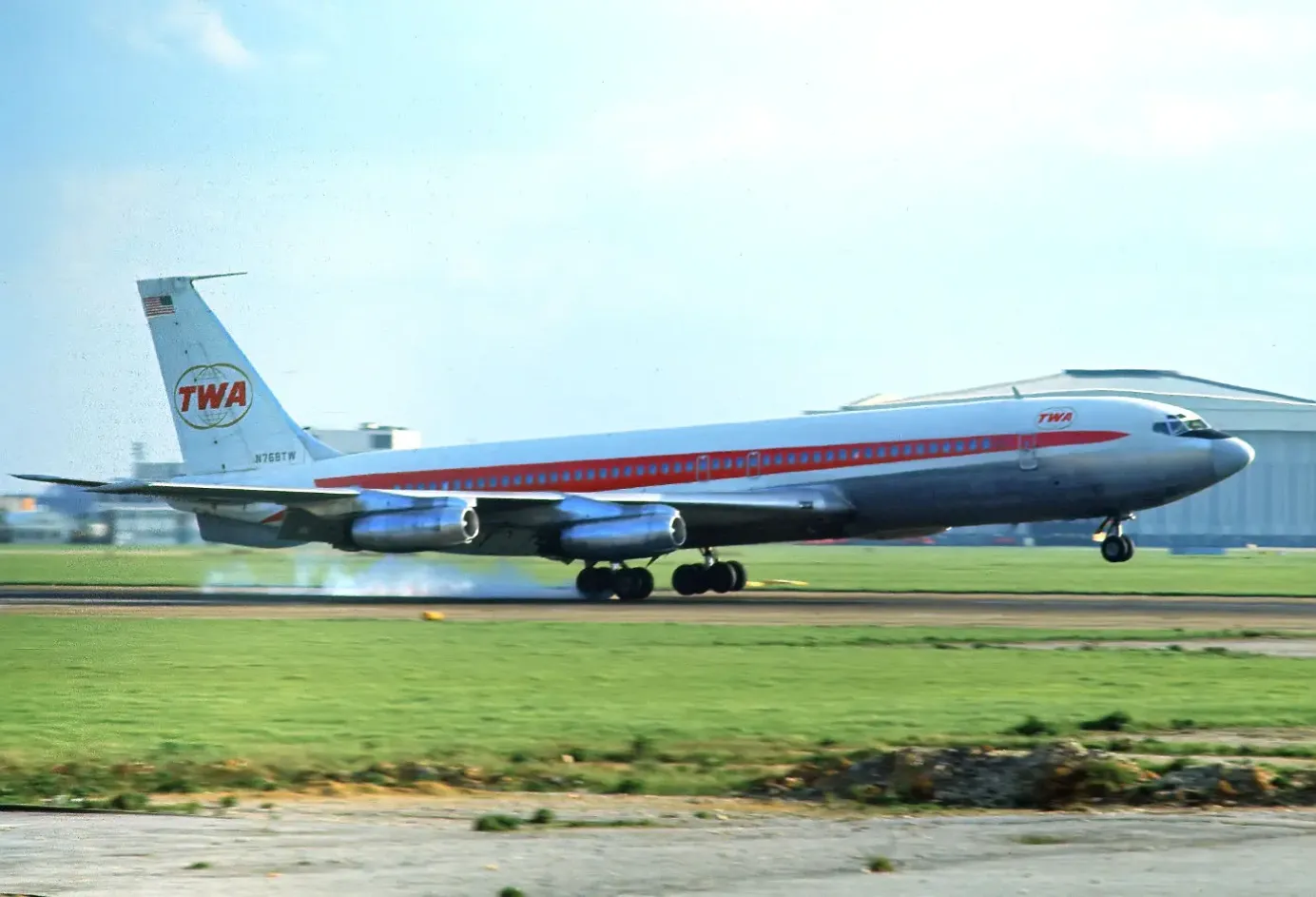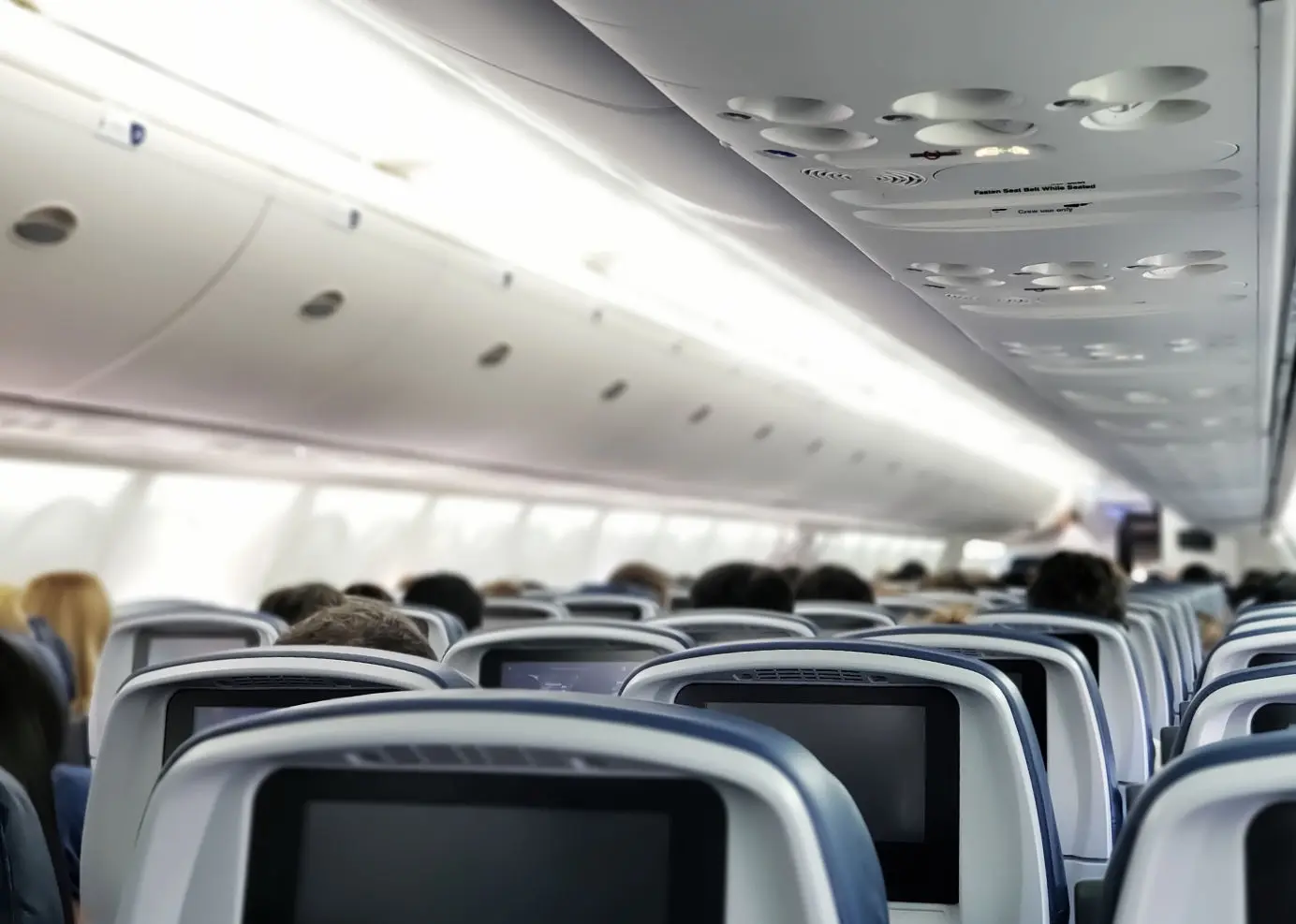
Understanding Why Airplanes Have Pressurized Cabins
Discover why airplanes have pressurized cabins and the importance of maintaining a comfortable environment for passengers at high altitudes.
Table of Contents
Have you ever wondered why airplanes have pressurized cabins? This essential feature of commercial aircraft plays a crucial role in ensuring the safety and comfort of passengers and crew during flights.
In this blog post, we will delve into the reasons behind the pressurization of airplane cabins, the science behind it, and its evolution throughout aviation history.
The Basics of Airplane Cabin Pressurization
Understanding the fundamental principles behind airplane cabin pressurization reveals the ingenuity involved in creating a hospitable environment for passengers and crew at cruising altitudes.
As an aircraft ascends, the atmospheric pressure outside decreases dramatically due to the thinning air. At 30,000 feet or higher, where many commercial flights operate, the ambient air pressure is significantly lower than at sea level. This discrepancy creates a potentially dangerous environment for humans, who require a certain level of oxygen and air pressure to function optimally.
To counteract the effects of reduced atmospheric pressure, airplane cabins are engineered to simulate the air pressure conditions similar to those found at a more comfortable altitude of about 6,000 to 8,000 feet above sea level. Achieving this involves a complex system that regulates the air pressure within the cabin, ensuring it remains at a level where oxygen absorption by the body remains within safe and comfortable limits.
This pressurization process starts with the aircraft's engines, which play a crucial role in supplying air to the cabin. Air is drawn in from the engines' compressors and then pumped into the cabin to increase the internal pressure. As the plane ascends, the system continuously adds fresh, pressurized air to maintain a steady, comfortable internal environment, despite the decreasing external air pressure.

Outflow valves, critical components of the pressurization system, manage the release of cabin air to prevent the pressure inside from becoming too high compared to the outside pressure. These valves are meticulously controlled, often automatically by the aircraft's pressurization system, to ensure the balance between the internal and external pressures is carefully maintained throughout the flight. The adjustment of these valves is crucial during ascent and descent to accommodate changes in external air pressure, ensuring passenger comfort and safety.
By emulating lower altitude conditions inside the cabin, airplane pressurization systems address the challenges posed by high-altitude flight. This engineering solution allows passengers and crew to travel in comfort and safety, free from the physiological stresses that would otherwise be experienced in an unpressurized aircraft at high altitudes.
The Dangers of High Altitude to Human Physiology
High altitudes present unique challenges to human physiology, primarily due to the reduced availability of oxygen and lower air pressure. This environment can significantly impact bodily functions, leading to a range of physiological stresses.
One of the most critical concerns is hypoxia, a condition that arises when tissues in the body do not receive an adequate supply of oxygen. Without sufficient oxygen, individuals may experience a variety of symptoms that can escalate in severity if not addressed promptly. Initial signs include fatigue, headaches, and shortness of breath, which can advance to more severe manifestations such as cognitive impairment, visual disturbances, and, in extreme cases, unconsciousness.
The body's response to the lower oxygen levels at high altitudes is to increase breathing and heart rates, efforts aimed at delivering more oxygen to the tissues. However, this compensatory mechanism can only provide partial relief and is not sustainable over long durations, especially in an enclosed space like an aircraft cabin without supplementary oxygen or pressurization.
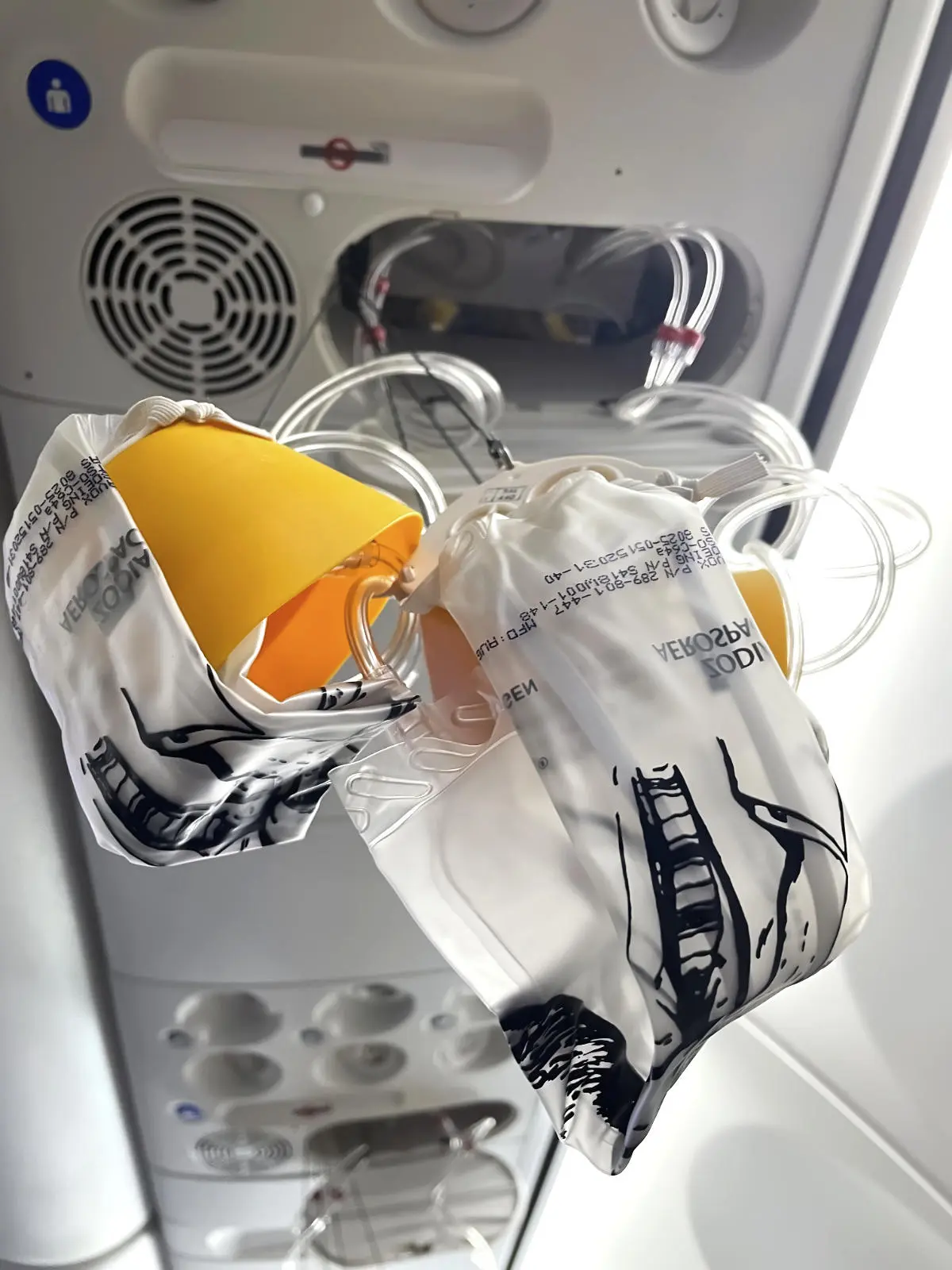
Another concern at high altitudes is the risk of decompression sickness associated with rapid descents. This condition occurs when nitrogen, which is dissolved in the body's tissues and blood at high pressure, forms bubbles as the pressure decreases during descent. These bubbles can cause joint pain, dizziness, and other symptoms, further complicating the physiological challenges of high-altitude exposure. However, decompression sickness is very rare in aviation.
If the cabin is not pressured enough, the amount of oxygen available for breathing is too low. This could cause altitude-induced hyperventilation, where the reduced partial pressure of oxygen leads to increased breathing rates. While this can aid in maintaining oxygen saturation levels to some extent, it also results in a decrease in carbon dioxide levels in the blood, potentially leading to respiratory alkalosis, a condition characterized by symptoms such as tingling in the limbs, light-headedness, and in severe cases, muscle twitching or even loss of consciousness.
The aircraft's pressurization systems mitigate the effects of high altitudes on the human body. By maintaining cabin pressure at levels akin to those found at lower altitudes, these systems play an indispensable role in safeguarding passengers and crew against the adverse effects of reduced atmospheric pressure and oxygen deprivation, ensuring a safer and more comfortable experience for all onboard.
How Airplane Pressurization Systems Work
Airplane pressurization systems are sophisticated mechanisms designed to maintain a comfortable and safe atmosphere within the cabin as the aircraft ascends to, cruises at, and descends from high altitudes. These systems function through a well-coordinated process that involves several key components working in harmony.
At the heart of the pressurization system are the air compressors, usually driven by the aircraft's engines. These compressors draw in outside air, which is then compressed and often pre-cooled to prevent overheating. This compressed air is much denser than the thin atmosphere found at cruising altitudes, allowing it to effectively increase the internal cabin pressure.
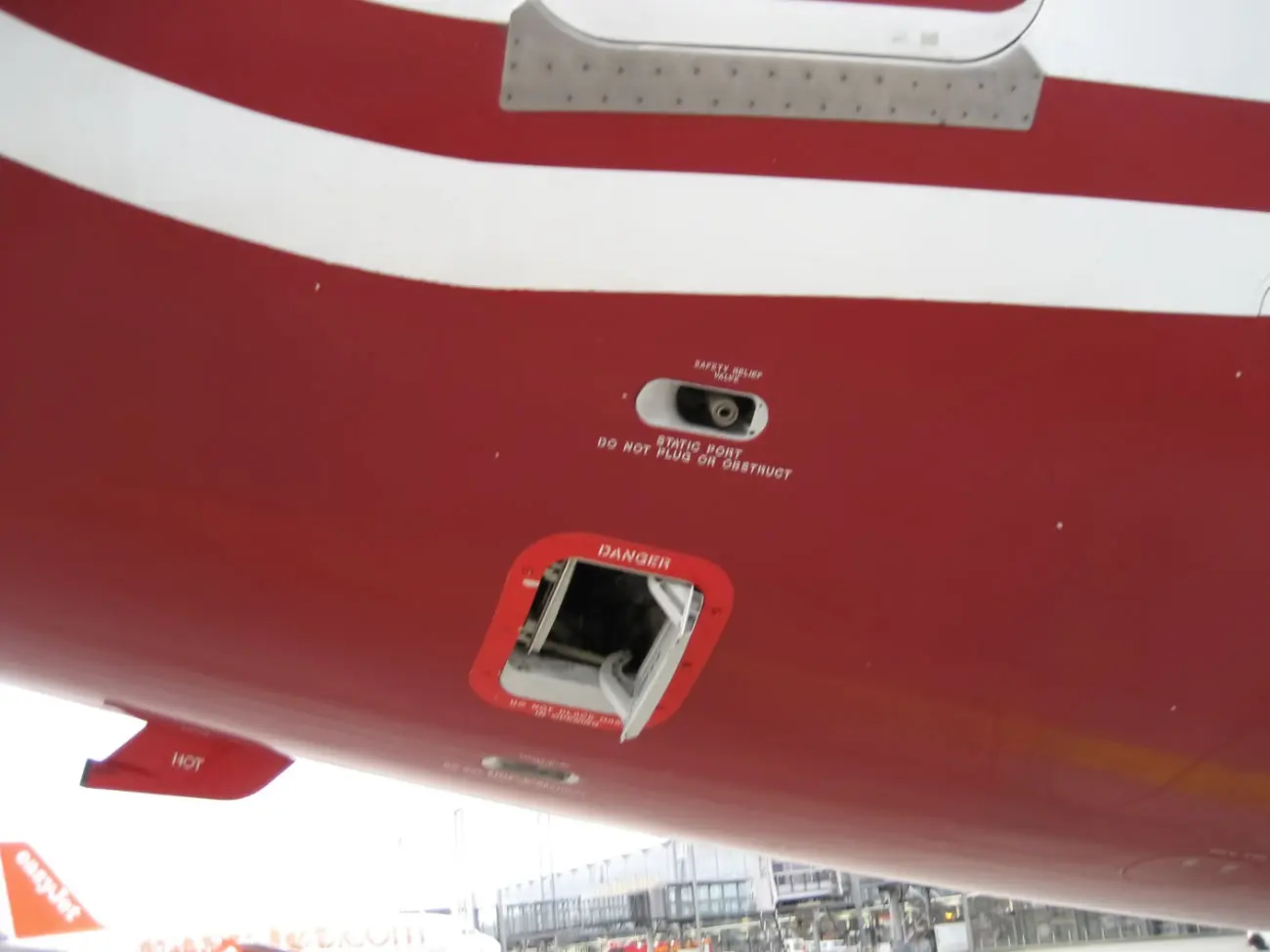
To regulate the amount of pressurized air within the cabin, the system employs outflow valves. These valves are critical in ensuring that the cabin pressure remains at an optimal level. They automatically adjust to release excess air, preventing the pressure inside the cabin from becoming too high, which could potentially cause structural damage to the aircraft. Conversely, they ensure that enough air remains inside to keep the cabin pressure at a safe and comfortable level for the passengers and crew.
Sensors placed throughout the cabin feed real-time data to the pressurization system’s control unit. This unit, often computerized, continuously monitors the cabin pressure, comparing it against the desired levels. Based on this comparison, it commands the air compressors to adjust the volume of air being introduced into the cabin and signals the outflow valves to modulate the release of air. This dynamic adjustment is particularly vital during the takeoff and landing phases when the external atmospheric pressure changes rapidly.
Moreover, the system is designed with safety redundancies in place. In the event of a compressor failure or a malfunction in the automatic control of the outflow valves, backup systems can be manually operated by the flight crew to ensure that the cabin pressure remains within safe limits.
In essence, airplane pressurization systems replicate a lower altitude environment inside the aircraft through a complex but efficient process involving compression, cooling, and regulated release of air. This innovation not only safeguards passengers and crew from the adverse effects of high-altitude air pressure and oxygen levels but also enhances comfort, making modern air travel possible and practical at the cruising altitudes we experience today.
The Evolution of Cabin Pressurization in Aviation History
The journey of cabin pressurization within the realm of aviation marks a pivotal chapter in the story of human flight. Before this groundbreaking innovation, flying at high altitudes was fraught with risks, as the reduced oxygen levels and low atmospheric pressure could lead to serious health issues for passengers and crew. The inception of pressurized cabins heralded a new era, permitting aircraft to soar to new heights, both literally and metaphorically, by mitigating these altitude-related challenges.
The evolution began in earnest with the Boeing 307 Stratoliner in the late 1930s and early 1940s. This aircraft was the first commercial airliner to feature a pressurized cabin, a technological marvel of its time that allowed it to cruise comfortably at altitudes up to 20,000 feet, well above weather disturbances that often plagued flights at lower elevations. This advancement was not merely a step forward; it was a giant leap that set the stage for the future of aviation.
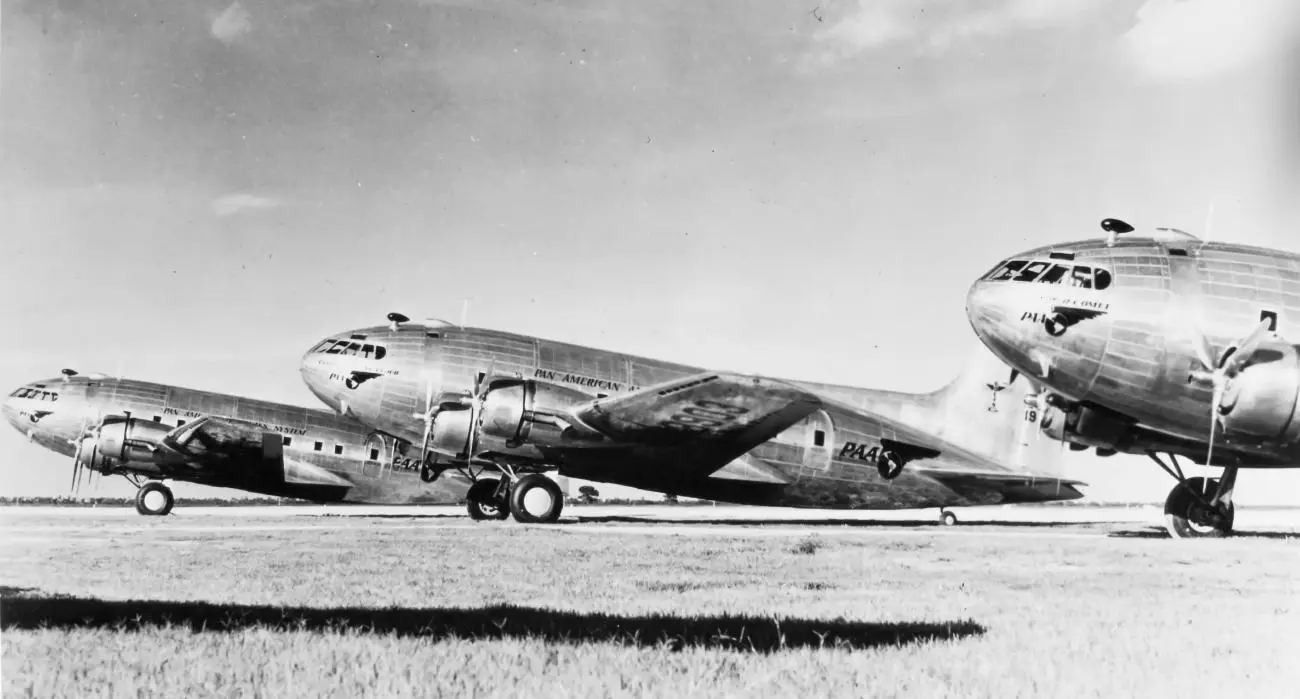
As the decades progressed, the development of pressurization technology continued apace. Engineers and scientists refined the systems, making them more efficient, reliable, and capable of maintaining a comfortable cabin environment even as planes reached the cruising altitudes of over 30,000 feet common today. These improvements were driven by a deeper understanding of aerodynamics, advances in material science that allowed for stronger, lighter aircraft structures, and enhancements in engine technology, particularly with the introduction of jet propulsion, which allowed for higher operational altitudes.
In the subsequent years, the design and implementation of cabin pressurization systems became more sophisticated. Modern aircraft now boast intricate pressurization systems that automatically adjust cabin pressure, optimizing passenger comfort and safety. These systems are integrated with advanced diagnostics and backup protocols, ensuring that even in the unlikely event of a system failure, the safety and well-being of those on board are safeguarded.
The transformation from the rudimentary pressurization of the Boeing 307 Stratoliner to the advanced systems found in today's airliners exemplifies the relentless pursuit of safety and efficiency in aviation. It underscores how essential pressurized cabins have become, not just for enabling high-altitude travel, but for shaping the very nature of commercial aviation, allowing it to thrive and expand across the globe. The evolution of cabin pressurization is a testament to human ingenuity and its relentless drive to conquer the skies.
The Role of Pressurized Cabins in Passenger Comfort
Pressurized cabins significantly enhance the overall experience of air travel, offering passengers a layer of comfort that transcends the mere avoidance of altitude-related health risks.
The pressurization of airplane cabins creates a controlled environment, mimicking conditions much closer to those found on the ground. This controlled environment is crucial in reducing physical discomforts commonly associated with air travel, such as ear pain or sinus issues.
The discomfort experienced by passengers during the changes in altitude, particularly during takeoff and landing, is mitigated by maintaining a steady cabin pressure. This steady pressure eases the burden on the body to equalize internal and external pressures, minimizing the uncomfortable or sometimes painful sensation of ear popping. The regulation of cabin pressure is carefully managed to align with the human body's natural equilibrium, making the ascent to cruising altitude and descent for landing as smooth and unnoticeable as possible.
Moreover, the comfort provided by pressurized cabins extends to the air quality and humidity levels. The system ensures that the cabin air is continually refreshed, removing carbon dioxide and replenishing oxygen levels, which helps in keeping passengers alert and reducing feelings of fatigue. Additionally, while the air can still be dry compared to ground levels, advancements in pressurization technology have allowed for better regulation of humidity within the cabin, further enhancing passenger comfort by reducing dryness in the throat and eyes.
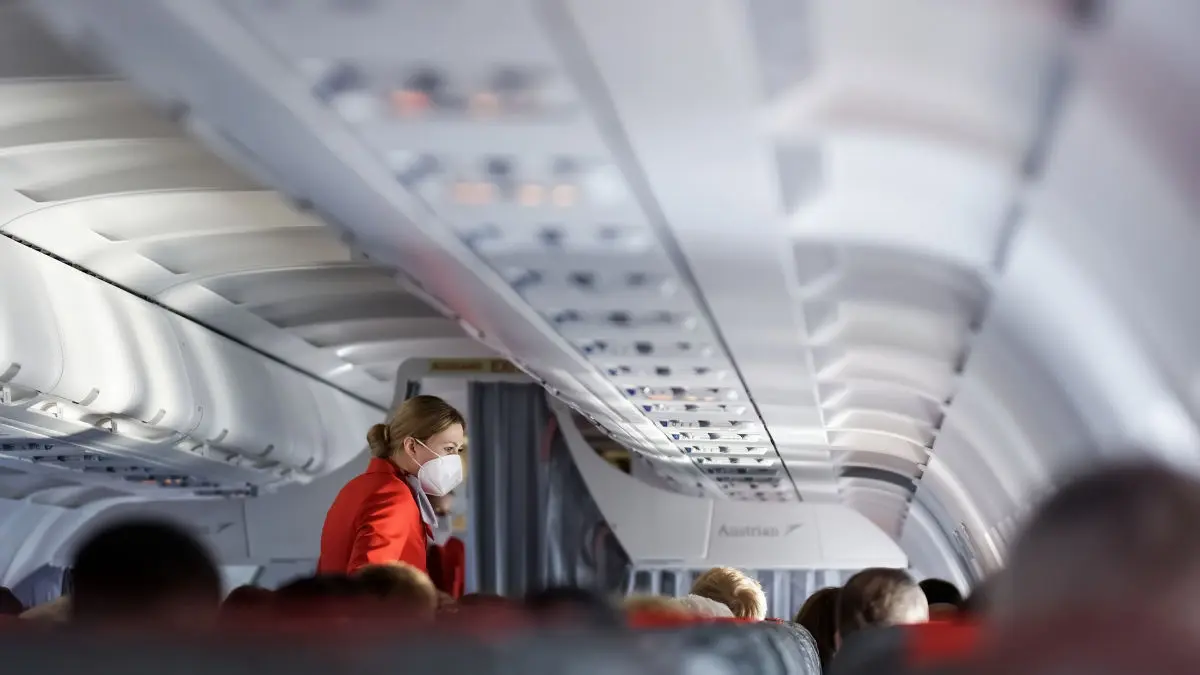
The role of pressurized cabins in passenger comfort also contributes to a more restful experience during long-haul flights. The controlled environment aids in lessening the physical impacts of jet lag, allowing passengers to adjust more swiftly to time zone changes upon arrival. The ability to rest and sleep comfortably at high altitudes without the adverse effects of hypoxia or other altitude-related concerns is a direct benefit of cabin pressurization systems.
In essence, the pressurization of airplane cabins underpins much of the comfort we experience while flying. It is a silent guardian that not only protects us from the potential perils of high-altitude travel but also enhances our overall travel experience by addressing the physical discomforts that can detract from the joy of journeying through the skies.
Challenges and Solutions in Airplane Pressurization
Ensuring the seamless operation of airplane pressurization systems, while generally reliable, can sometimes present challenges that necessitate swift and effective solutions.
One of the primary issues that could arise is the occurrence of leaks within the cabin's structure. Leaks can lead to a gradual loss of pressurized air, making it difficult to maintain optimal cabin pressure levels. To combat this, aircraft are equipped with sophisticated monitoring systems capable of detecting changes in pressure that might indicate a leak. These systems alert the crew, who can then initiate protocols designed to identify and rectify the issue, ensuring minimal impact on cabin pressure and passenger comfort.
Another potential challenge is the malfunctioning of the pressurization system's components, such as the air compressors or outflow valves. Such malfunctions could disrupt the delicate balance of air being pumped into and released from the cabin, possibly leading to discomfort or safety issues for passengers and crew. In response to this, aircraft are designed with redundancy in mind. Backup solutions are in place to take over the function of a failed component, allowing the pressurization system to continue operating effectively until the aircraft can be safely landed and the issue addressed by maintenance personnel.
To mitigate the risks associated with pressurization failures, rigorous maintenance routines are strictly followed. These routines involve regular inspections and testing of the pressurization system and its components to ensure everything functions as intended. Additionally, flight crews are trained in emergency procedures that can be implemented in the unlikely event of a pressurization failure. These procedures include the deployment of oxygen masks for passengers and a rapid descent to lower altitudes where breathable air pressure is naturally available, safeguarding everyone onboard until the situation is resolved.
Quick Facts About Aircraft Pressurization
- Modern airplanes have sophisticated cabin pressure sensors and automatic controls that keep the interior atmosphere safe and comfortable for passengers at high altitudes.
- Cabin pressurization became more and more common after World War II when jet engines enabled planes to fly higher and faster than ever before.
- Early airplanes were not pressurized and limited their flights to altitudes under 10,000 feet, leading to longer flight times due to fuel constraints.
- In an emergency situation where the airplane loses its pressurization capabilities at high altitude, a passenger would only have a matter of seconds before experiencing hypoxia and unconsciousness.
- The average commercial airline cabin is pressurized to maintain a comfortable equivalent air pressure of 6,000 to 8,000 feet above sea level.
Conclusion
The capability to maintain an environment akin to conditions at lower altitudes, despite being miles above the Earth, is a cornerstone of modern air travel. This innovation not only protects passengers and crew from the physiological challenges of high altitudes but also enhances the overall experience of flying. Through sophisticated systems involving air compressors, outflow valves, and rigorous safety protocols, aircraft can replicate a comfortable, breathable atmosphere that makes long-distance travel not only possible but also enjoyable.
The importance of these pressurized environments extends beyond the mere avoidance of altitude sickness or discomfort. They represent a critical component in the evolution of commercial aviation, enabling aircraft to traverse the skies at higher altitudes efficiently and swiftly, avoiding weather disturbances and optimizing fuel consumption. The continuous advancements in pressurization technology reflect an ongoing commitment to passenger welfare and environmental efficiency, showcasing the aviation industry's dedication to improving every aspect of air travel.
Also read:
Planenerd Newsletter
Join the newsletter to receive the latest updates in your inbox.

